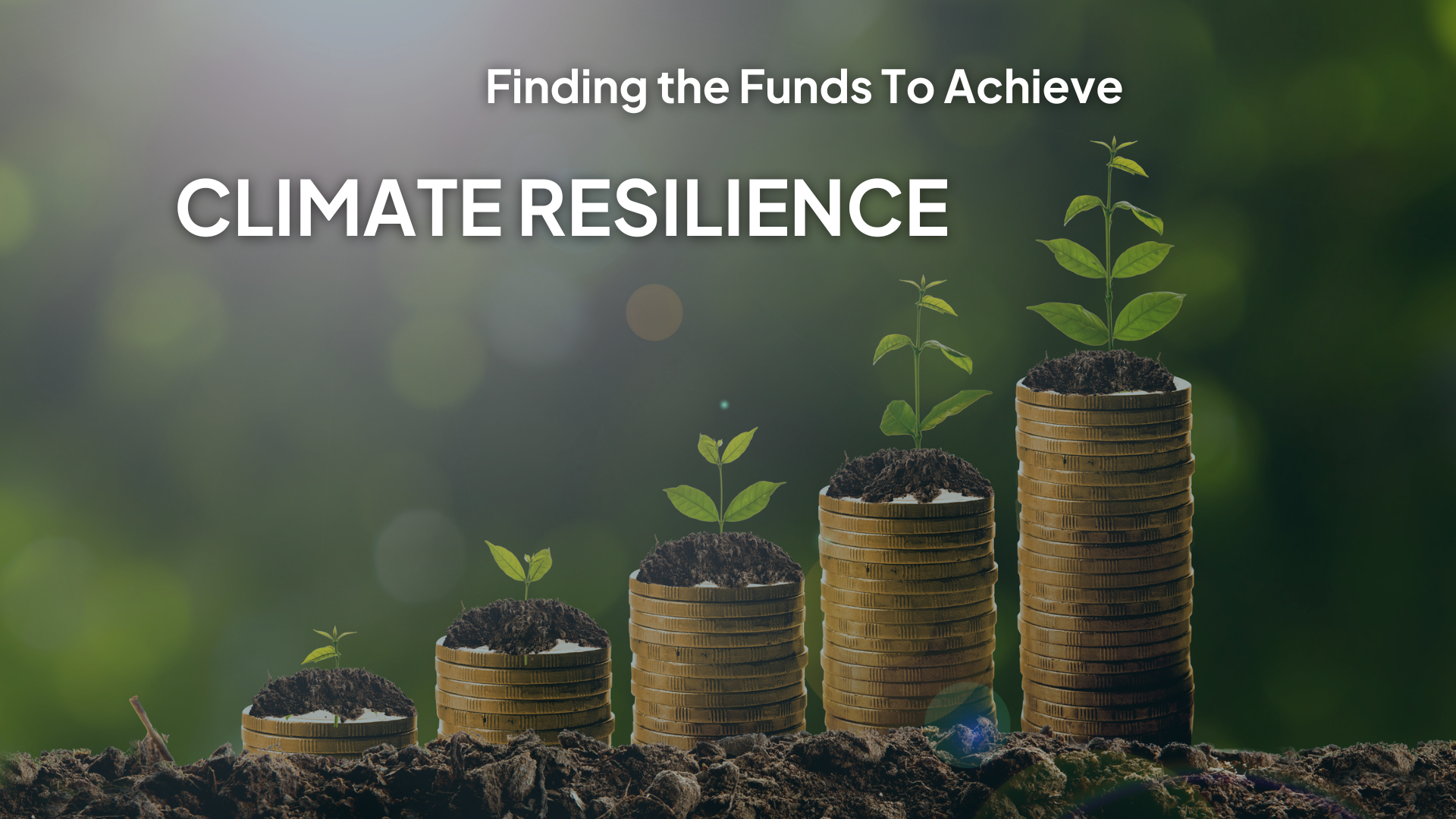
As natural hazards like heatwaves, droughts, flooding, wildfires, and hurricanes become more frequent and intense, communities, businesses, and farms are being forced to confront rapidly escalating climate- and weather-related risks. Building resilience against these growing threats often requires the implementation of costly changes to land management practices, critical infrastructure, emergency preparedness, and early warning systems.
Unfortunately, these costs can add up quickly – to a point where they exceed available budgets. Fortunately, the United States makes billions of dollars available each year to support climate resilience projects—but you have to know where to look for the opportunities.
For communities, businesses, and farms that might need help in bridging budgetary gaps on the road to climate resilience, we've compiled a list of some of the most prominent federal funding opportunities. The list is far from exhaustive. In addition to other federal grants and loan opportunities, there are funding opportunities from state and local governments, as well as the private sector. This list will give you a strong starting point for locating some of the most commonly available funding opportunities:
- Through its Partnerships for Climate-Smart Commodities, the USDA is investing more than $3.1 billion into projects involving farmers, rangers, and private forest landowners, which create market opportunities for climate-smart agricultural commodities.
- Through its Environmental Quality Incentives Program (EQIP), the Natural Resources Conservation Service (NRCS) is offering $2.8 billion in funding to support agricultural conservation programs in fiscal 2025.
- The Bipartisan Infrastructure Law makes available $1.467 billion to help coastal communities build resilience. It also makes available $904 million to enhance weather forecasting and climate data.
- FEMA’s Building Resilient Infrastructure and Communities (BRIC) Program offers $701 million in competitive grants to support pre-disaster projects that protect infrastructure from hazards such as flooding.
- FEMA’s Hazard Mitigation Grant Program (HMGP) offers funding after a disaster to help communities develop hazard mitigation plans and rebuild in a way that mitigates future disaster risks.
- FEMA’s Flood Mitigation Assistance (FMA) Program provides community funding for projects that reduce or eliminate the risk of repeated flood damage to buildings insured by the National Flood Insurance Program. In Fiscal 2024, the program awarded $715 million.
- The Community Wildfire Defense Program (CWDG) offers up to $1 billion over five years to help at-risk communities and tribes plan for and reduce wildfire risk.
Of course, finding a funding opportunity is just the first step. The grant application process is fraught with challenges that can potentially upend your efforts to secure funding. Even after you a secure a grant, that funding can be lost if you don't understand and keep up with its requirements.
We've compiled several sources to help you avoid the potential pitfalls of the funding application and administration processes. Those sources include:
- Blog: The Road to Climate Resilience: Navigating the World of Grant Funding (features interviews with guest experts).
- Video Podcast: How to Secure Funding for Climate Resilience Projects (features interviews with guest experts).
And, specifically for those in the agricultural sector, we have:
- Case Study: How Four Ridge Orchards Covered the Cost of a Field Monitoring System With Help From the USDA
- Webinar: Leveraging Agricultural Grants To Improve Your Operations (features interviews with guest experts)